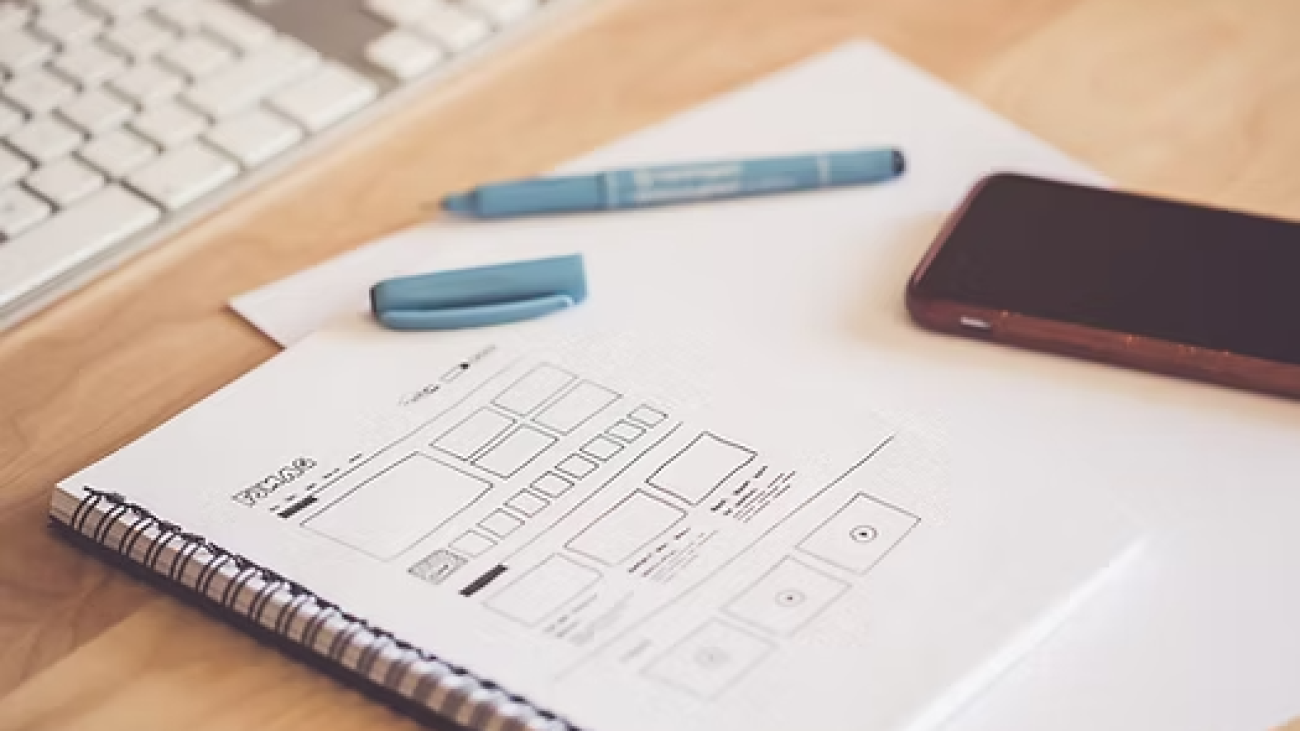Keeping records of your training sessions is suuper important for tracking and measuring your progress with your reactive dog. There are a few ways it can really help us out.
For one, it can help you notice positive changes. The mind is like glue, for negative thoughts, and like rubber for positive thoughts. Our brain is designed to keep us safe so it pays attention to things that could harm us. It only notices the positive things when we really focus on them. This is called negativity bias. And because a reactive episode is so stressful on you, it can easily overshadow the good things your dog did. Having those good things documented can help motivate you to keep going.
Keeping records helps you recognize patterns. Attention to detail is key when working with reactivity. For example, you might notice that your dog is consistently more reactive on a walk after playing ball for 20 minutes. You don’t have time to do this every day so you only do it a few times a week. Originally you may have thought that adding more exercise was going to be helpful, but the patterns show it’s making it worse. If you weren’t keeping track, you might not put two and two together.
Keeping records helps you communicate accurately with trainers and veterinarians. The more detail you can give us, the better. We only have a small window of in-person time with your dog. We rely on you to tell us what’s going on when we aren’t there so that we can make effective behavior modification plans. The more accurate that information, the better we can help you.
So how do we keep records?
Take video. Yeah, I know it’s hard to hold a phone and walk a dog and train at the same time. BUT you can always have a friend or family member walk with you, or prop your phone up against something while you work on a training exercise. It’s not as impossible as it sounds, it just takes a little creativity. Trust me…I know.
Use a Written Diary. It can be a notebook or digital. You can write as much detail as you want. Use Trackers and Charts. If a written diary is too much to commit to, a chart can be fast and easy to fill out. It also gives a nice visual of progress. You can make your own or download a printable worksheet online.
What things are important to record?
Record your daily activity
Sleep patterns
Eating and digestion
Water
Play and interaction
Activities and outings
Exercise
Weather
How human is (mood)
Events that happen
Note changes in behavior associated with any of these factors.
Record Your Training
Date/time
Location
Behavior step with criteria for success
Repetitions/Successes
Notes – what went well/what needs work
Record your Wins
Note at least three good things each day
Things dog did well
Things human did well
Fun that was had
Encounters that went well
It takes 21 days to build a new habit! Stay at it. You got this. And you may be surprised at what you might find!


